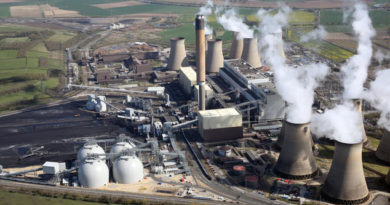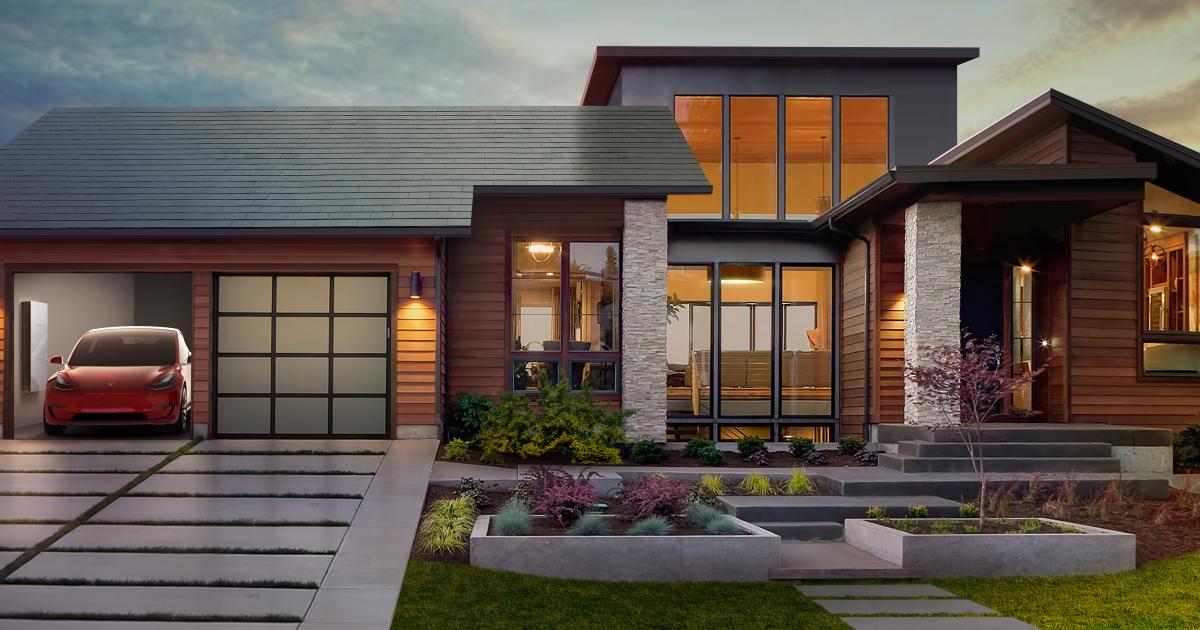Hot in summer, cold in winter: Tips to make your old home energy efficient – ABC News
Energy Disrupter
When Arthur Hunt first purchased his home more than 25 years ago, his cement roof was not insulated, leaving him unprepared to face the full brunt of a scorching central Queensland summer.
Key points:
-
New houses built after October 2023 will have to meet a seven-star energy efficiency requirement
-
Homes built before 2003 have no requirement to be energy efficient
-
The CSIRO says weather sealing is the cheapest, most effective way to make your home more energy efficient
In the decades since, Mr Hunt has slowly incorporated crafty ways to retrofit his Yeppoon home to make it more energy efficient.
Blinds and awnings now stop the sun from heating up his windows, the ceiling is insulated, and deciduous frangipani trees help shade his home in summer.
“We bought the house second-hand in about 1997 … we wanted to make it more sustainable, more comfortable, and so progressively we’ve done things to the house to make it better,” Mr Hunt said.
“As climate change has taken effect, I think it’s become more necessary to take action.”
The federal government has updated the National Construction Code to ensure all new builds will meet a minimum seven-star energy efficiency rating from October next year.
But CSIRO scientist Michael Ambrose said any home built before 2003 did not have to meet any efficiency conditions.
“There was no requirement to put in insulation, to put in good glazing, there’s no requirement to do weather sealing or anything like that,” he said.
“We know a lot of our existing housing stock performs very, very poorly.”
Push for government support
The Australian Council of Social Services is campaigning for the federal government to provide energy efficiency upgrades in low-income housing to reduce energy bills and prevent energy poverty.
Deputy CEO Edwina McDonald said across Australia some people were getting sick because they could not afford to heat their home in winter or cool it in summer.
Ms McDonald said any plan should include low-income social and private rentals, as well as low-income home owners.
“People on higher incomes can access rooftop solar, batteries, smart appliances and all that brings down the cost of energy,” she said.
“But for people on lower incomes, especially those in public and private rentals, you can’t take advantage of those opportunities.”
Federal Assistant Minister for Climate Change and Energy Jenny McAllister said the new minimum energy performance measures would support Australia’s transition to net zero emissions by 2050.
On October 6, Senator McAllister announced the federal government would create an energy performance strategy, with consultation set to begin shortly.
“The Albanese government is looking to make every watt count,” she said.
“Energy efficiency policies driven by a national strategy will put downward pressure on costs for households and businesses, reduce pressure on the energy system and help us meet our emissions reduction goals.”
A discussion paper on how to deliver energy efficiency improvements is expected to be released in the coming weeks.
Tips for retrofitting
Mr Ambrose said his top tip for improving energy efficiency was to weather-seal your property to stop drafts from getting in and out of the house.
“That applies for both the colder times of the year and also the warmer — so we’re trying to stop air-conditioned air that’s inside our house escaping to the outside, or the hot air getting into our homes from the outside,” he said.
He said putting a weather-sealing strip around windows and doors, as well as covering holes in walls where old appliances were, all improved energy efficiency.
The next step, Mr Ambrose said, would be to look at insulation in the home, and while retrofitting existing walls with insulation could be expensive, home owners should look at insulating their ceiling if they could afford it.
“Most of the heat … it will escape through the ceiling in winter … and then in summer it stops the heat, the outside heat coming into the living spaces below,” he said.
“So these roofs can get very hot.”
Mr Ambrose said the CSIRO Energy Savings website and the federal government’s YourHome website all offered further advice for home owners and renters looking to improve their energy efficiency.
Mr Hunt said he would like to inspire others to reduce their energy needs.
“It’s vital for the household bills for a start. It’s a shame to see people struggling with power bills of $2,000 a year, and we’ve got to take action on climate change.”














